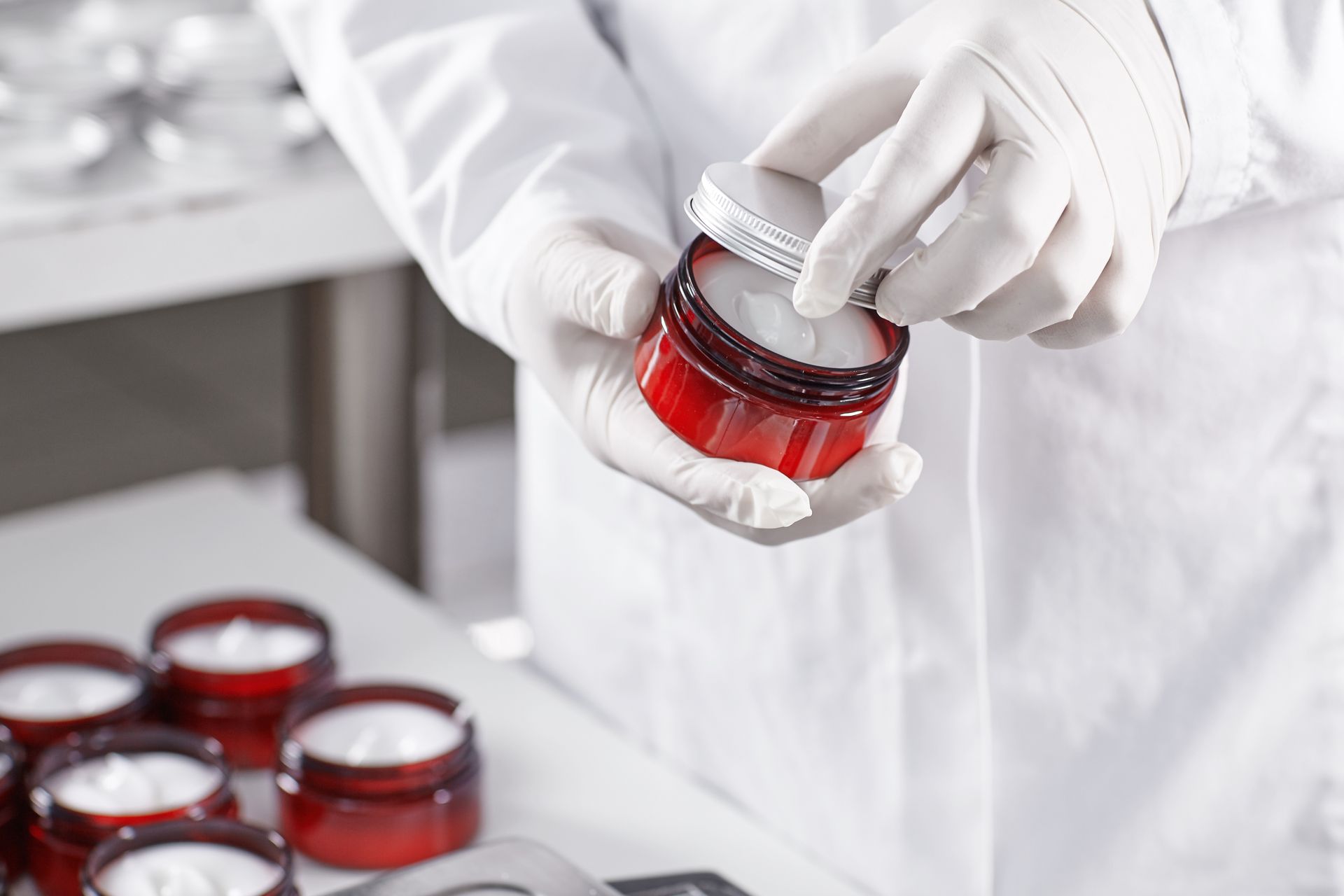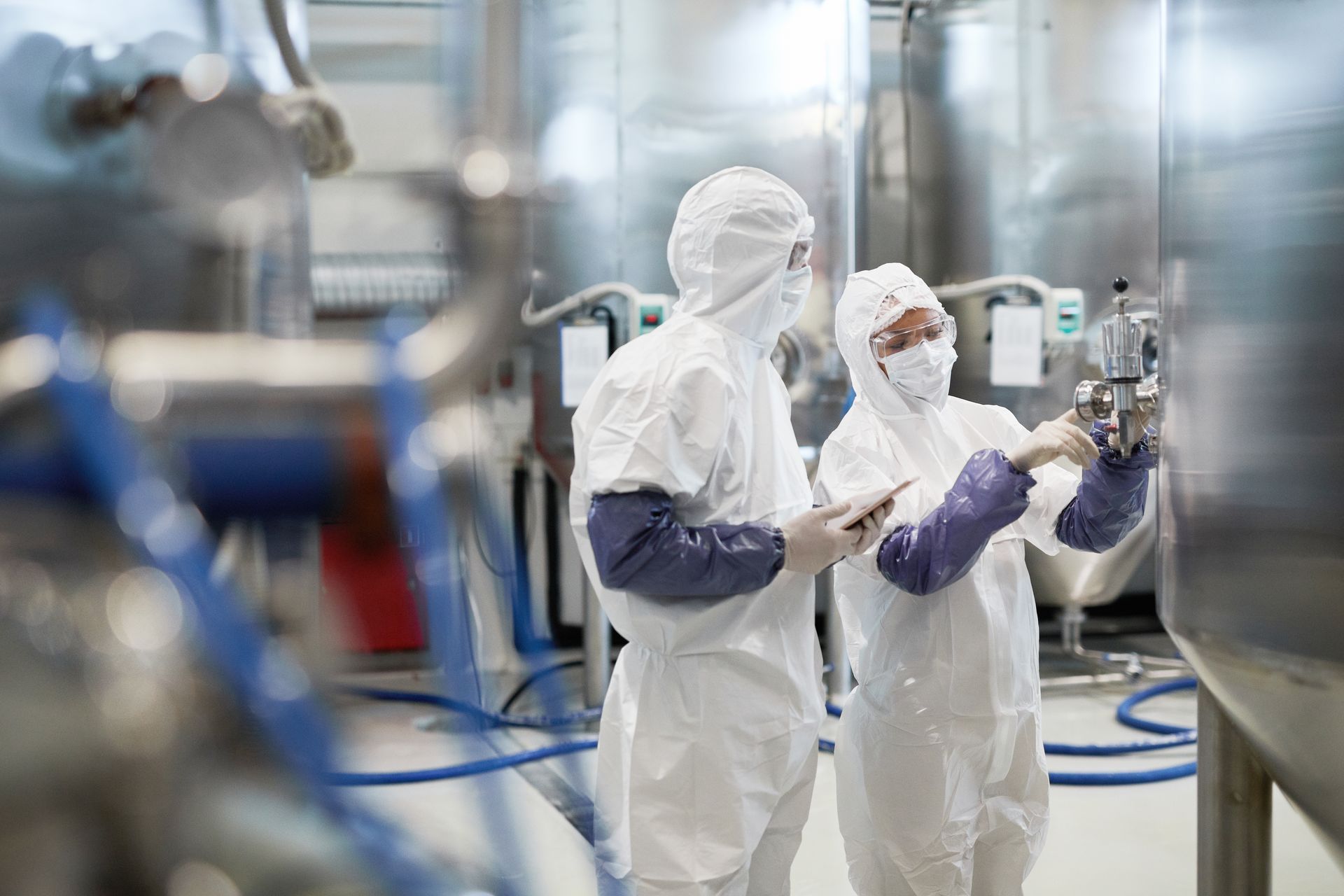Environmental Monitoring Techniques in Cleanrooms

Introduction
Cleanrooms are essential environments for industries where small particles can cause significant production issues, such as in semiconductor manufacturing, pharmaceuticals, biotechnology, and aerospace engineering. In these controlled environments, maintaining air quality and minimizing contaminants are critical to product integrity and compliance with regulatory standards. Environmental monitoring plays a pivotal role in this process, ensuring that the cleanroom conditions meet the stringent requirements necessary for high-quality production. This article delves into the sophisticated techniques and technologies used in cleanroom environmental monitoring, highlighting their importance and implementation.
Fundamentals of Environmental Monitoring in Cleanrooms
Environmental monitoring in cleanrooms is primarily concerned with the measurement and control of particles, but it also involves managing microbial contamination, temperature, humidity, and chemical vapors. The goal is to identify and quantify potential contaminants that could adversely affect the manufacturing process or product quality.
- Particle Counting: Particles are the primary concern in most cleanrooms. Monitoring their concentration involves using particle counters that can detect and quantify particles of various sizes, often as small as 0.1 microns. These devices operate either continuously or at specified intervals, providing real-time data to help maintain cleanroom standards.
- Microbial Monitoring: In pharmaceutical and biotechnology cleanrooms, controlling microbial contamination is crucial. Techniques include active air sampling, where air is pulled through a microbiological growth medium to capture and later culture organisms. Surface monitoring using contact plates or swabs that are subsequently cultured to identify and quantify microbial contamination is also common.
- Environmental Parameters: Besides particles and microbes, other environmental parameters such as temperature, humidity, and pressure are vital. Sensors and gauges are strategically placed throughout the cleanroom to provide continuous data, ensuring that conditions remain within necessary specifications to prevent product spoilage or process interruption.
Advanced Techniques in Cleanroom Monitoring
To achieve the high standards required in cleanroom environments, several advanced monitoring techniques are employed:
- Real-Time Continuous Monitoring Systems: These systems use sensors and particle counters integrated into the cleanroom’s HVAC system to provide continuous feedback on the environment. They can detect shifts in particle counts or other conditions immediately, enabling quick corrective actions.
- Optical Particle Counters (OPCs): OPCs provide high-resolution, real-time analysis of particle sizes and concentrations. These devices are crucial for semiconductor manufacturing where even the smallest particles can cause defects in microchips.
- Airborne Molecular Contamination (AMC) Monitors: AMC monitors are used to detect and measure levels of chemical vapors and gases that can adversely affect sensitive manufacturing processes, particularly in the electronics industry.
- Rapid Microbial Monitoring Technologies: New advancements in microbial detection offer faster results than traditional culture-based methods. Techniques such as ATP bioluminescence, PCR (polymerase chain reaction), and impedance microbiology allow for near real-time detection of microbial contamination, significantly reducing response times and improving production safety.
Challenges and Solutions in Cleanroom Monitoring
While environmental monitoring is critical, it poses several challenges, including the need for high sensitivity and accuracy, as well as ensuring minimal human intervention to avoid contamination. Automation and robotics have become part of the solution, handling routine monitoring tasks and thereby reducing human traffic in the cleanroom. Moreover, data integration systems that compile and analyze data from various sensors can provide a comprehensive view of the cleanroom’s status, facilitating better decision-making and predictive maintenance strategies.
Conclusion
Effective environmental monitoring in cleanrooms is a sophisticated blend of technology, methodology, and operational protocols. By employing advanced sensors, automated systems, and real-time data analysis, industries relying on cleanrooms can maintain the necessary conditions for producing high-quality, contamination-free products. As technology evolves, so too does the capability for more precise and efficient monitoring, ensuring that cleanrooms meet the exacting standards required both today and in the future.
Read more: All About Cleanrooms - The ultimate Guide






